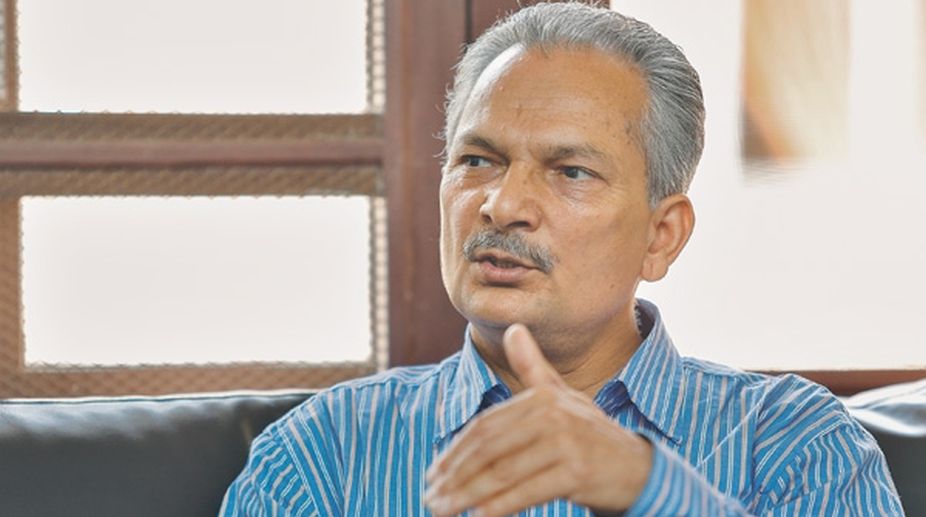Areport released by the Ministry of Cooperatives and Poverty Alleviation (MoCPA) on the occasion of the 25th International day for the Eradication of Poverty shed light once again on some alarming facts. 23.38 percent of the total population of Nepal falls under the poverty line. A survey of 1,224,400 households in 25 districts found that 391,831 households were living below the poverty line.
This translates to nearly 400,000 Nepali households in 25 districts alone in which members earn less than a dollar a day, as per the United Nation’s definition of ‘poor’. These households have further been classified as ‘general poor’, ‘mid-poor’ and ‘extreme poor’, with a majority of the households falling under the third category. The government is yet to survey households in the remaining 50 districts.
The survey by the MoCPA employed the Proxy Mean Test which, according to the World Bank, is a concept where information on households or individual characteristics are correlated to welfare levels in a formal algorithm to proxy household income welfare or need. Earlier this year, the government made a major policy decision to distribute identification cards to designated households living below the poverty line. Identification cards will be red, yellow or blue depending on the level of poverty, and distribution is pegged to commence shortly after Tihar.
The government has declared that these poor households will be rendered eligible for government social security programmes, including educational scholarship, health insurance and skill training towards food security and self-employment. But given the poor record of the successive governments in Nepal in introducing such schemes in the past, there is enough room to doubt whether the identification card system will actually be implemented.
The government’s plan to introduce a ration card system last year to protect the poor from spikes in market prices has culminated in nothing concrete. And the bid to implement a card system for liquefied petroleum gas (LPG) at subsidised rates by Baburam Bhattarai’s government in 2011 has also ended in a fiasco twice already. So, creating fanfare for such schemes without follow through has been a trend for our governments.
The UN has set a goal of eradicating poverty in all forms all across the world by 2030. Ambitious though this goal may be, it is not unattainable. However, given Nepal’s current track record, only time will tell whether this aim can be achieved.











